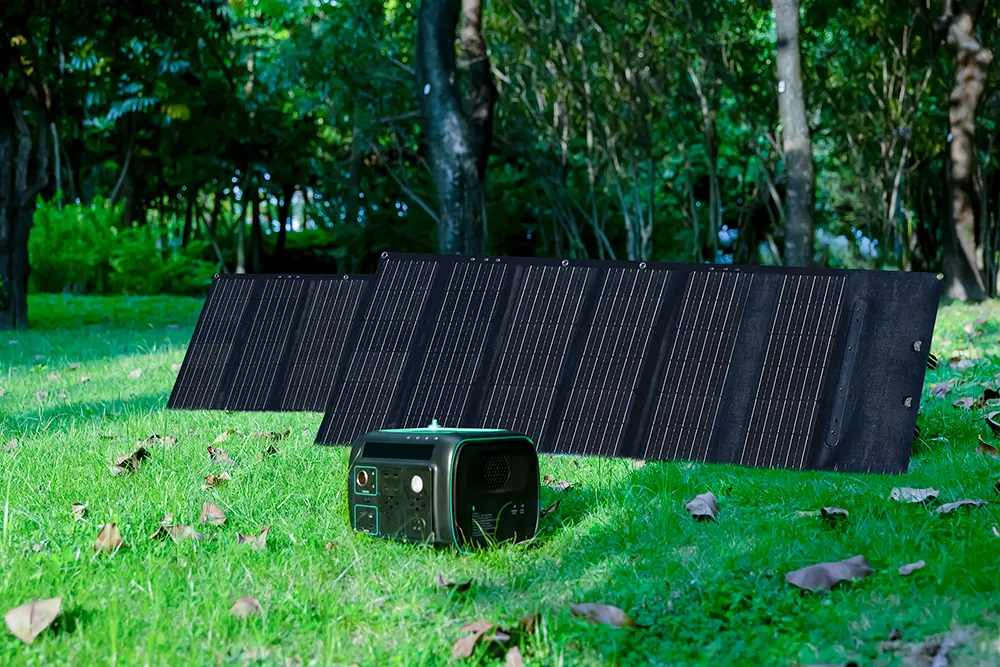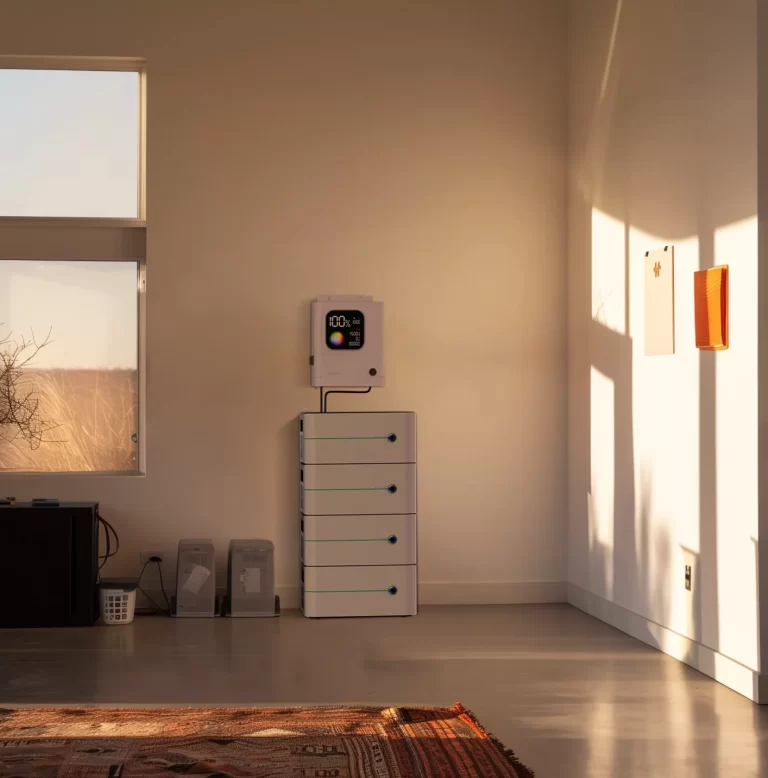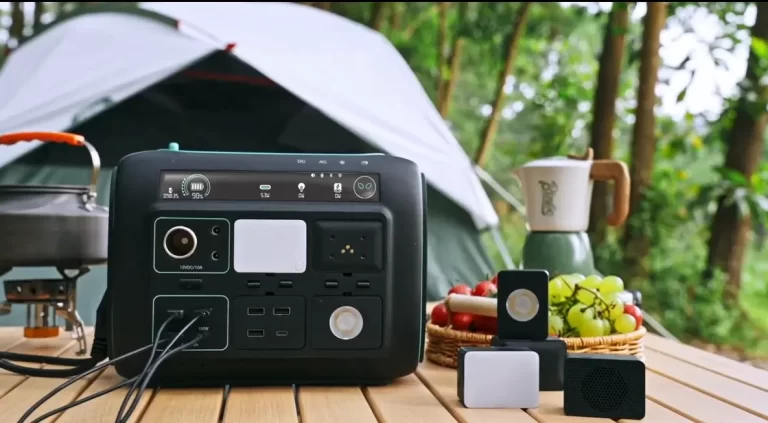Learn essential tips and safety guidelines for using outdoor portable power stations. Enhance your outdoor adventure experience and stay safe with expert advice.

Introduction to Outdoor Portable Power Stations
In today’s age of technology, staying connected while enjoying the outdoors is increasingly important. Outdoor portable power stations offer reliable solutions for powering devices such as smartphones, cameras, and even small appliances during camping trips, hiking, and other outdoor activities. Understanding how to use these power stations effectively and safely can enhance your outdoor experience and ensure you stay connected when it’s most needed.
Understanding Portable Outdoor Power Stations
What is an Outdoor Portable Power Station?
Outdoor portable power stations are compact, rechargeable battery systems designed to power various devices when away from traditional power sources. These units typically come equipped with multiple outlets, including USB ports, AC outlets, and DC car ports, allowing you to charge or power multiple devices simultaneously.
Types of Outdoor Portable Power Stations
- Solar power stations: Equipped with solar panels to harness renewable energy.
- Battery-powered stations: Utilize lithium-ion or lead-acid batteries for energy storage.
- Hybrid models: Combine solar and battery power for efficiency and flexibility.
Key Features of Outdoor Portable Power Stations
- Battery capacity: Measured in watt-hours (Wh), it indicates how much energy a battery can store.
- Power output: The amount of power the station can provide at one time, measured in watts (W).
- Portability: The size and weight of the unit, which affect ease of transportation.
- Durability: Resistance to weather conditions and rough handling.
- Charging options: Include solar panels, wall outlets, or car chargers.
Alpha 800 Solar Portable Power Station
The Alpha 800 Solar Portable Power Station represents a significant advancement in portable power technology. Designed with versatility and user convenience in mind, the Alpha 800 stands out with its powerful features and innovative design. It offers an impressive 800W output with a peak power of 1600W, making it suitable for a wide range of devices and applications.
Key Features of the Alpha 800
- Modular Design: The Alpha 800 features a unique modular design that allows users to customize and expand its functionality as needed. This flexibility is similar to building with building blocks, providing endless possibilities for power management and use.
- AI Voice Control: Integrated AI voice control enhances user interaction with commands such as turning on/off AC output or wireless charging with simple voice prompts.
- Durability and Efficiency: The Alpha 800 utilizes long-lasting LFP (Lithium Iron Phosphate) battery technology with over 3,000 charge cycles to ensure durability and efficient performance even in warm temperatures.
- Multiple Charging Options: Support for AC, automotive, and solar charging provides convenience wherever you are.
- Portable and Lightweight: Despite its power, the Alpha 800 is compact and lightweight, weighing only 6.55 kilograms, making it easy to carry on outdoor adventures.
How Alpha 800 Enhances the Outdoor Experience
The Alpha 800 enhances the outdoor experience by providing a reliable and versatile power solution. Whether you’re camping, hiking, or preparing for an emergency, its powerful and expandable features ensure you get the power you need when you need it. AI voice control and modular design make it user-friendly and adaptable to various situations, from charging multiple devices to powering small appliances.
How to Choose the Right Outdoor Portable Power Station
- Evaluate your power needs by considering the type and number of devices you plan to power. Make a list of all devices and their power requirements to determine the total wattage and energy storage needed.
- Choose a power station with sufficient battery capacity and power output to meet your needs. For example, if you need to charge a laptop (50W) and a smartphone (10W) simultaneously, you need a charging station with at least 60W output.
- For activities such as hiking or backpacking, a lightweight and compact power station is ideal. However, if you’re car camping or staying in one place, opt for a larger unit with more capacity.
- Outdoor activities expose power stations to the elements, so durability and weather resistance are crucial. Look for units that are ruggedly constructed, waterproof, and dustproof.
Other Features to Look For
- Multiple charging options: The flexibility to charge the station using solar panels, AC power, or a vehicle charger.
- Built-in flashlight: Useful for nighttime activities.
- LCD screen: Displays important information such as battery level and power usage.
Tips for Using the Outdoor Portable Power Station
- Follow proper charging techniques:
- Fully charge before first use: Ensure the battery is fully charged before traveling.
- Use the recommended charger: Always use the charger provided by the manufacturer.
- Avoid deep discharging: Do not let the battery drop to zero before charging.
- Place the power station in a cool, dry area to avoid overheating and water damage. If using solar panels, position them at the optimal angle to maximize sunlight absorption.
- Manage power consumption effectively:
- Prioritize critical devices: Charge critical devices first.
- Turn off unused devices: Disconnect unused devices to save power.
- Use power-saving mode: Activate the power-saving feature on your device.
- Be aware of the output limits when connecting multiple devices. Overloading can cause overheating and reduce efficiency. If required, use a power strip with surge protection.
Outdoor Portable Power Station Safety Guide
- Handle lithium-ion batteries with care, avoiding exposure to extreme temperatures, physical damage, and prolonged periods of non-use.
- Handle your power station with care and store it in a cool, dry place. Avoid dropping the unit and keep it away from flammable materials.
- Avoid overloads and short circuits, which may damage your power station and connected equipment. Always check the power requirements of your equipment and do not exceed the output capacity of the station.
- In the event of a malfunction, disconnect all equipment and turn off the station. Refer to the user manual for troubleshooting procedures or contact customer support for assistance.
Long Life Maintenance and Care
- Clean the power station regularly to remove dust and debris. Check for any signs of wear or damage and address the problem promptly to prevent further issues.
- Store the power station in a cool, dry place when not in use. Avoid exposing it to direct sunlight or extreme temperatures, as the battery will degrade over time.
- To keep your battery healthy:
- Charge regularly: Charge your battery every few months, even if it is not in use.
- Avoid deep discharging: Keep the battery at 20% or more to prolong battery life.
- Store partially charged: If storing for an extended period, keep the battery at about 50% charge.
Benefits of Using an Outdoor Portable Power Station
- Portable power stations enhance the outdoor experience by providing reliable power for lighting, cooking, communication, and entertainment, allowing you to enjoy modern conveniences even when off-grid.
- They ensure you have backup power in case of an emergency, capable of powering essential devices such as medical equipment, radios, and emergency lights.
- Many portable power stations support renewable energy sources such as solar panels, reducing dependence on fossil fuels and promoting sustainable outdoor activities.
Frequently Asked Questions about Outdoor Portable Power Stations
- The average lifespan of a portable power station is typically between 3 and 5 years, depending on use and maintenance.
- Yes, many portable power stations are compatible with solar panels for charging using renewable energy.
- Due to the large capacity of the batteries, most portable power stations are not permitted on commercial flights. Check with your airline for specific regulations.
- Use the LCD display or indicator on most power stations to know when the station is fully charged.
- If the power station gets wet, turn it off immediately and allow it to dry completely before use. Contact the manufacturer for further instructions.
- Portable power stations are generally not designed to be connected to home electrical systems and are intended for portable off-grid use only.
Outdoor portable power stations are invaluable for enhancing outdoor adventures and ensuring reliable power during emergencies. By understanding their selection, use, and maintenance, you can maximize their benefits for the perfect outdoor experience. Safety should always be prioritized, and manufacturer guidelines followed to maintain your power station effectively.




